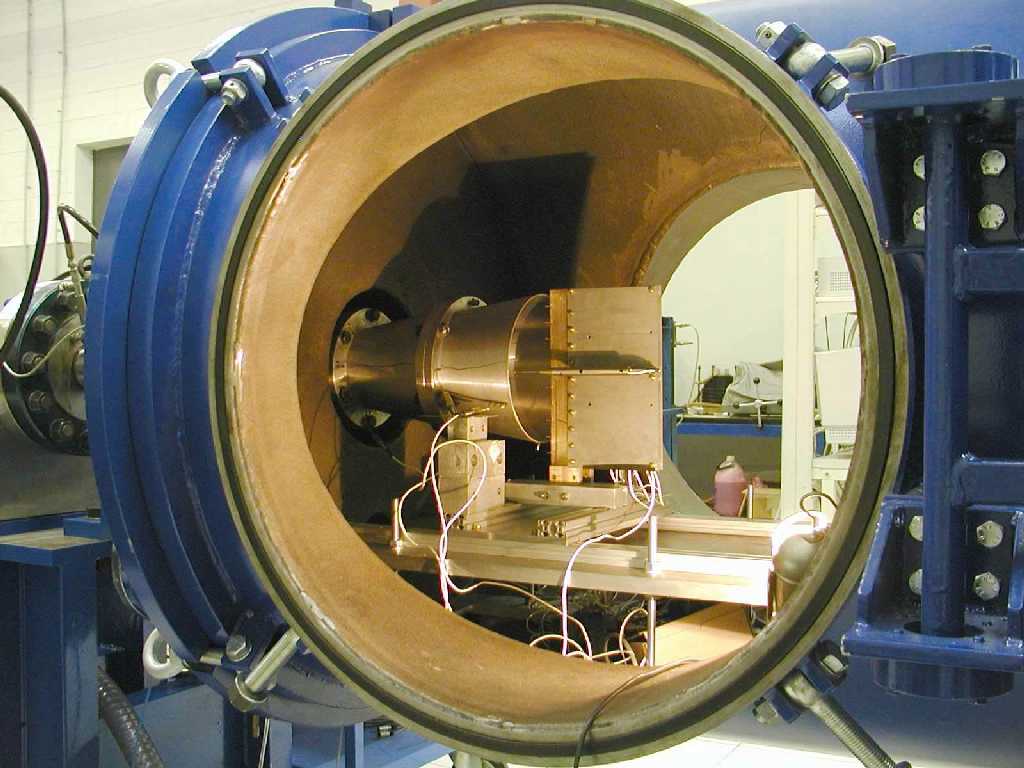A new pulse tunnel based on a free piston compressor is operative at CNR-IENI-Milano, in which flight conditions up to Mach 7 can be simulated. The facility allows experimental studies of combustion in supersonic flows and tests on small scale models of propulsion systems for hypersonic cruise vehicles or reusable launchers. A number of test have been scheduled for developing reliable end efficient design of ramjet and scramjet combustion chambers and studying the rocket plumes post-combustion in combined propulsion systems.
The new hypersonic tunnel can be considered a relevant ground facility for basic studies on hypersonic air-breathing flight, essential for the development of the next generation reusable launchers, that should allow less expensive access to space for satellites and manned vehicles. Earth orbits are presently reached by trans-atmospheric accelerators powered by rockets. The major advantages of these propulsion systems are their relative simplicity and the fact that they produce thrust at all speeds, even in the absence of atmosphere. The major drawback is that rockets must carry all the oxygen needed during the mission, with penalties in terms of payload. Combined propulsion systems involving air-breathing engines for the atmospheric flight and rocket engines for the final part of the trajectory are thus advisable. A promising solution is the use of hydrogen fueled rockets during the early stage of the acceleration. As the flight speed increases, air can be captured from the atmosphere and mixed to the fuel-rich combustion products in order to obtain thrust augmentation during the rest of the atmospheric flight. Outside the atmosphere, the engine operates again as a pure rocket. This kind of propulsion systems for reusable launchers is known as "Rocket Based Combined Cycles" (RBCC).
The pulsed tunnel at CNR-IENI-Milano is based on a free-piston compressor of 100 liters volume (6 m length, 152 mm diameter). The test chamber is embodied into a large dump tank (22000 liters volume), and is wide enough to contain small scale models of motors and all the necessary diagnostic systems. The characterization of the test section air flow is now complete. Mach number profiles, pressure and temperature data have been obtained in the Mach number range 3 - 7.
At present, a model of a H2/O2 rocket based air-breathing propulsion system is under test to study the post-combustion of the fuel-rich rocket plumes. New models, whose design takes advantage of the newly acquired experience, are under construction.
This research activity was conducted during the past 5 years, with the cooperation of Università di Roma "La Sapienza", Mechanics and Aeronautics Department. Italian Space Agency (ASI) and National Research Council (CNR) provided the financial support.
Vedi anche:
Immagini:

